5 Mistakes to Avoid When Pouring a Concrete Slab

Pouring a concrete slab can be a challenging job. Poor planning and lazy execution will result in a structurally deficient slab that also looks bad.
For a slab that will last for decades, avoid these five common mistakes many make when pouring a concrete slab.
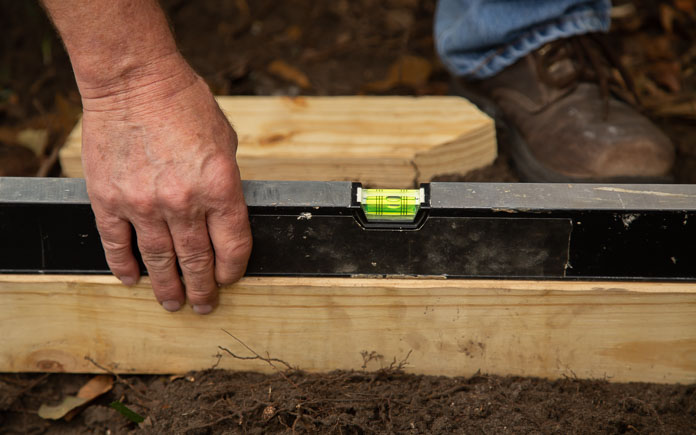
1. Not Sloping the Forms
When you’re planning a concrete slab, it’s important to consider drainage. If it’s exposed to the elements, the slab should have enough slope so water can drain off of it.
For example, in the video above, we want the new concrete patio to be flush with an existing slab, so we slope the forms in the opposite direction by about one or two percent.
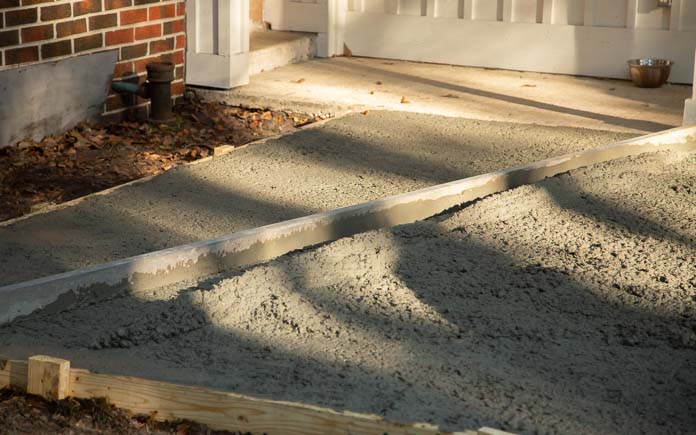
2. Pouring the Slab Too Thin
It’s also important that a slab be thick enough to be durable.
The thickness depends on what you’ll be using the slab for. Concrete driveways and patios need to be at least 4 inches thick, whereas concrete countertops only need to be one and a half inches thick.
In the video above, we want this patio to be at least 3-1/2 inches thick because we’re pouring the concrete over old pavers. So, we use a 2-by-4 gauge block to ensure we have that clearance.
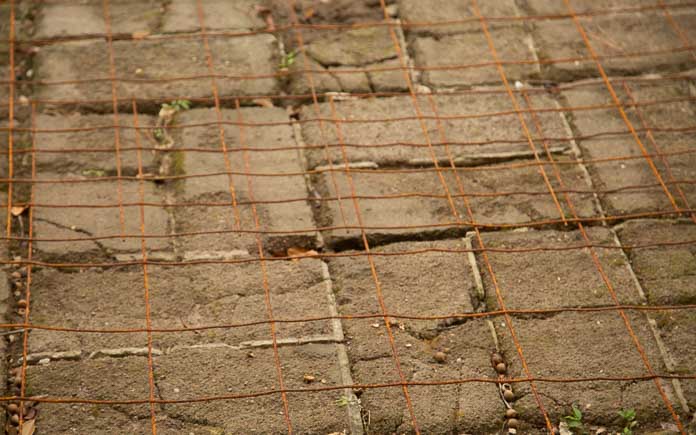
3. Forgetting Reinforcement
Concrete slabs are high in compressive strength, which makes them great at resisting compression forces and impact. But when it comes to tensile strength, or the capacity to resist pulling-apart forces, concrete doesn’t fare as well, according to ConcreteNetwork.com.
This is where steel reinforcement wire can help. Steel reinforcement provides additional structural support for concrete slabs. This is especially important if it will be exposed to heavy traffic.
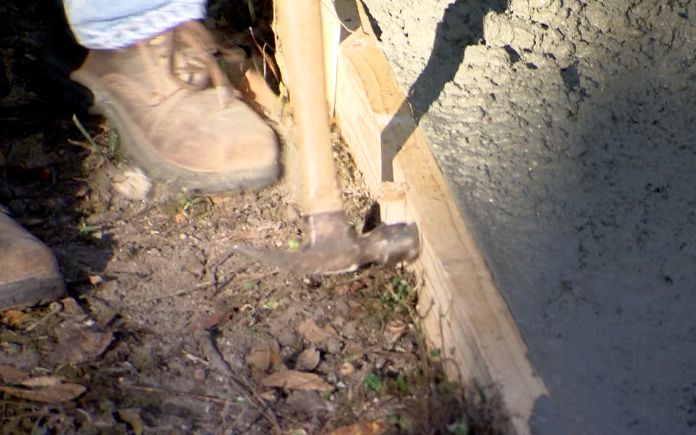
4. Leaving Trapped Air Bubbles
It’s not uncommon for air bubbles to develop inside the slab as the concrete is poured. So, it’s a good idea to tap the exterior of the forms to help release them and improve the slab’s strength.
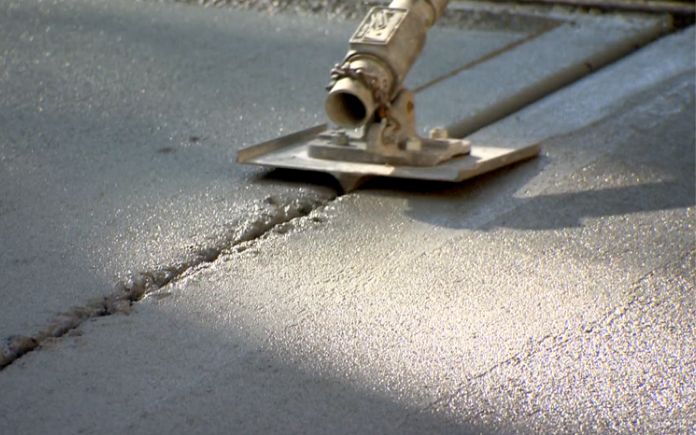
5. Not Adding Expansion Joints
As the concrete cures, it will shrink some and may crack. To accommodate for this shrinkage, use a concrete groover to add some expansion joints as the slab cures. This way, if the slab expands, it’s more likely to do it inside these shallow grooves, where it mars the finished surface of the slab.
Further Reading







